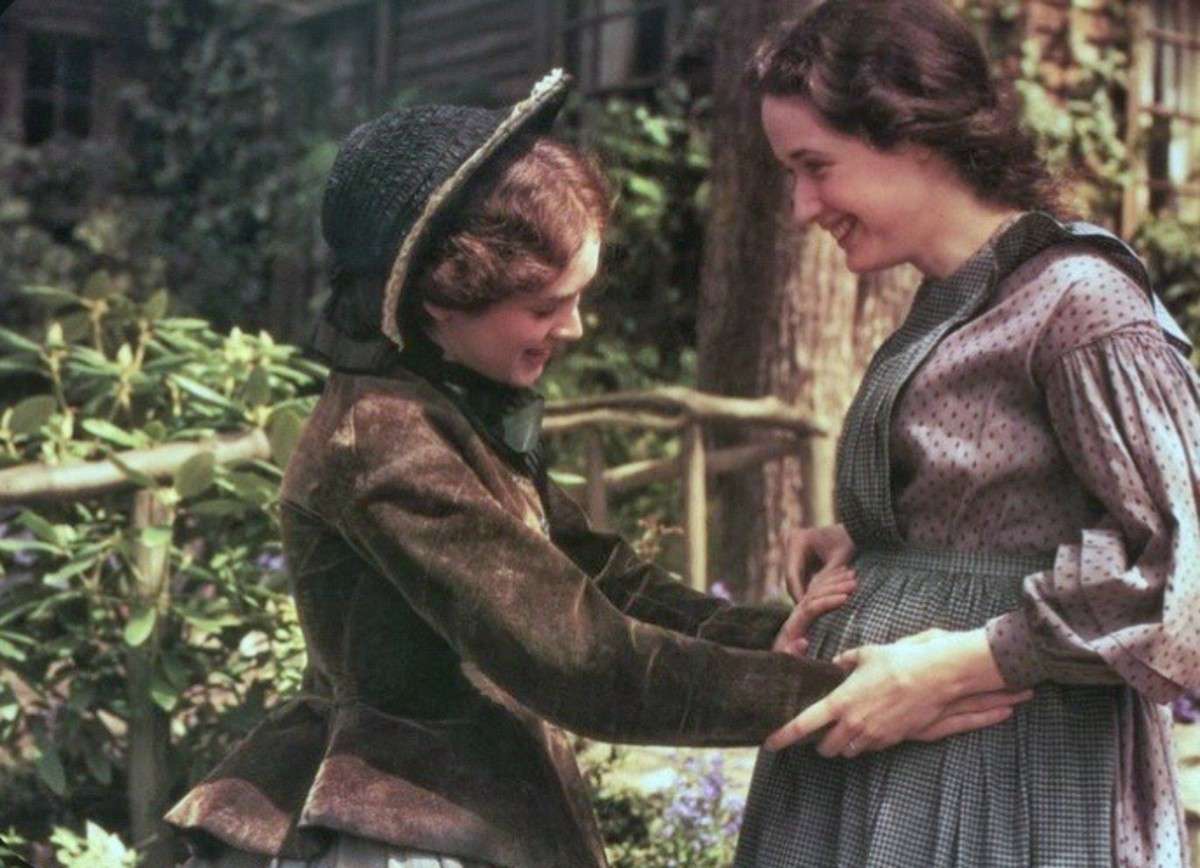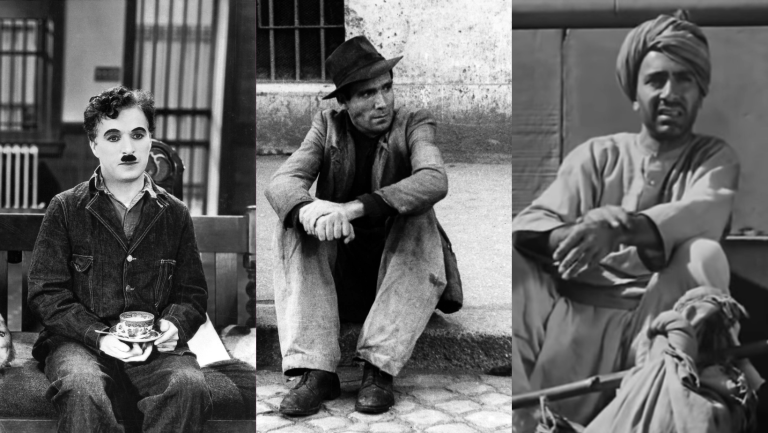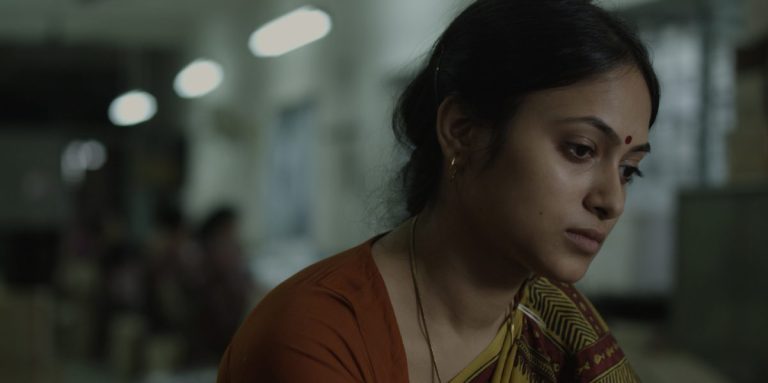Few stories in literature glorify sisterhood as well as “Little Women.” Louisa May Alcott’s 1868 novel is more than just about romance, ambition, and societal expectations; it is also a love letter to the unshakable tie between sisters. The March sisters—Meg, Jo, Beth, and Amy—all have different personalities, desires, and challenges, but their love for one another is the story’s beating heart. Throughout the years, several “Little Women” movie adaptations have brought this relationship to life in unique ways, portraying the warmth, rivalry, and profound emotional connection that constitute sisterhood.
Some emphasize the nostalgic comfort of family, while others focus on the intricacies and conflicts that come with growing up together. These films remind us that sisterhood is never perfect, but it is always powerful. One of the reasons “Little Women” remains popular is that it depicts sisterhood in all of its messy, incredible complexities. The March sisters do not always get along; they bicker, compete, and even hurt each other. Nonetheless, they provide support, compassion, and forgiveness. Each ‘Little Women’ adaptation provides a unique perspective on the delicate balance of love and conflict.
Jo and Amy: A Rivalry That Feels Personal
The conflict between Jo and Amy is one of the story’s most fascinating elements. Their sibling conflict is achingly realistic, rather than overblown for dramatic effect. Jo, headstrong and ambitious, struggles to embrace Amy’s creative ambitions, whilst Amy, continuously overshadowed by Jo, battles for attention. The 1994 adaption (Winona Ryder and Kirsten Dunst/Samantha Mathis) portrays Amy as an unpleasant younger sister, stressing Jo’s displeasure with her immaturity.
Their relationship, strained by childhood arguments and heartbreak, eventually turns into mutual respect. The moment Jo and Amy reconcile in adulthood is one of the most touching in every adaptation, demonstrating that sisterhood, despite its difficulties, endures. The 2019 adaptation (starring Saoirse Ronan and Florence Pugh) reinterprets their conflict with greater depth and allows Amy to express her viewpoint, especially in the now-famous scene where she declares that marriage is an economic proposition for women.
Jo and Beth: Love Without Words
Jo and Beth share a relationship of calm understanding. Beth, the family’s kind soul, is Jo’s haven—the one person who never condemns her or questions her goals. The 1933 and 1949 films depict Beth’s part conventionally, stressing her gentleness and altruism.
The 1994 version (Claire Danes) beautifully depicts Beth’s illness, including an unforgettable scene in which she tells Jo, “I could never part with you.” In 2019, Eliza Scanlan’s Beth is more reflective, and her death is framed by a tragic parallel: Jo crawling into bed with her both as a kid and an adult. This dramatization underlines how severely Beth’s tragedy impacts Jo, changing her vision of life and love. Beth may be the quietest sister, but she is also the emotional centre of “Little Women,” reminding us of the great power of silent, unshakeable love.
Also Read: Little Women (2019): Greta Gerwig Triumphs Over the Problems of her First Film
Meg and Jo: The Push and Pull of Growing Apart
Meg and Jo’s relationship is one of contrast—Meg values conventional womanhood, whilst Jo rejects it. Their friendship is characterized by a sad reality: growing up can mean growing apart. In 1994, Trini Alvarado’s Meg teases Jo but finally chooses love and home life.

The 2019 version emphasizes Meg’s tribulations, notably her conclusion that love is more than simply making spectacular gestures; it is also about surviving adversity together. Her talk with Jo, in which she explains her decision to marry John Brooke, is one of the film’s most poignant scenes. Meg and Jo’s relationship exemplifies a universal experience: witnessing a sister choose a life that differs from yours and learning to accept it.
Cinematic Language of Sisterhood
Beyond performances, “Little Women” versions employ visual storytelling to help the audience comprehend sisterhood.
1. Physical Closeness: The March Sisters in One Image
Directors frequently depict the sisters together in warm, personal setups.
In the 1994 version, the March sisters are regularly seen wrapped up in their attic, emphasizing their childhood bond. The 2019 movie employs dynamic movement—scenes of the sisters laughing, sprinting, and climbing on one another—to convey their relationship in a realistic, lived-in manner. These selections transport the viewer into the March household, immersing them in the family’s turmoil and affection.
2. Use of Light and Space
Lighting and space are employed delicately to portray the sisters’ evolving connections. Early sequences in each adaption use warm, golden lighting to emphasize the warmth of childhood and family unity. As the sisters get older, the lighting changes—colder, more subdued tones accompany periods of separation or grief, like Beth’s deterioration or Jo’s loneliness when Meg marries. The 2019 rendition makes excellent use of space: as Jo reads Beth’s final letter, she sits in a light-filled attic, visually connecting her to their greatest childhood memories.
3. Echoed Gestures: A Visual Connection Over Time
Repetition is one of the most striking cinematic strategies in Little Women’s adaptations, with gestures and events echoing throughout time, underscoring the sisters’ enduring impact on one another. In 1994, Jo and Beth have a peaceful time on the beach before Beth’s death, recalling their earlier, happier seaside excursion.
In 2019, Jo awakens expecting to find Beth in bed, only to discover she has vanished—reflecting a childhood memory when Beth was still present. Jo’s manuscript in rage is a scenario that comes in almost every version, serving as a reminder that even the strongest relationships may be broken—but also healed. These recurring instances serve as a reminder that, while time passes, sisterly love never completely disappears.
Conclusion: A Sisterhood That Endures
“Little Women” is more than simply a coming-of-age narrative; it demonstrates the eternal power of sisterhood. Each adaptation has its interpretation, yet they all convey the essential reality that sibling relationships are messy, confusing, and incredibly wonderful. The March sisters aren’t flawless. They quarrel, injure one another, and try to understand one another. But at the end of the day, their love remains steadfast. That’s why “Little Women” is timeless. Regardless of the year or interpretation, the story reminds us of the sisters we are fortunate to have, the ones we miss, and the ones we will always hold dear.







